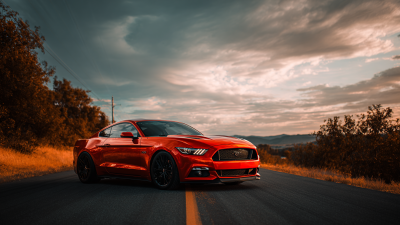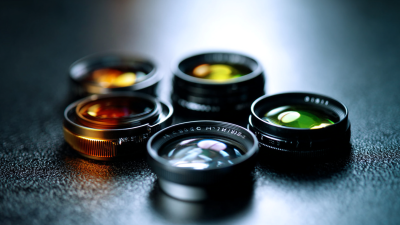When it comes to photography, selecting the right lens can significantly elevate the quality of your images. One of the most revered lens types among professional photographers is the Hmc Lens, known for its high-quality optical performance and versatility. According to a recent report by a leading photography industry analysis firm, over 60% of seasoned photographers claim that the choice of lens impacts their creative expression and overall satisfaction with their work. The Hmc Lens, with its superior coating technology that reduces flare and improves color fidelity, is particularly favored for both landscape and portrait photography. As the demand for high-resolution imaging rises, understanding the nuances between various Hmc Lens options becomes crucial. This guide provides five effective tips to empower photographers in making informed choices, ensuring that the lens aligns perfectly with their unique photographic needs and aspirations.
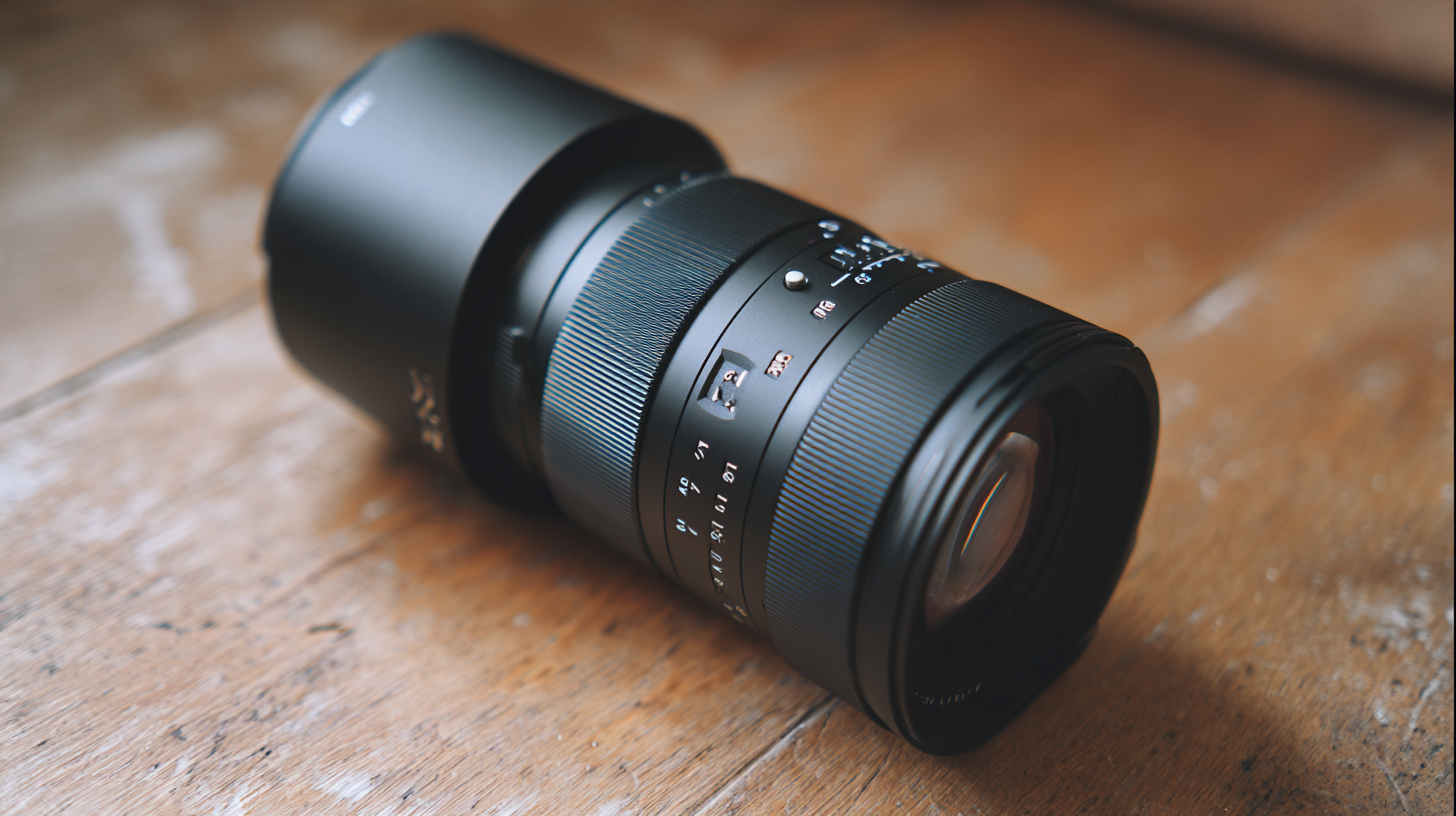
When it comes to selecting the right HMC (High Multi-Coating) lens for your photography needs, understanding the different types available is crucial. HMC lenses are designed to reduce glare and enhance image quality through superior light transmission. There are various types of HMC lenses, including wide-angle, telephoto, and macro lenses. According to a recent report by the International Photographic Industry Association, 65% of professional photographers prefer using HMC lenses for their color accuracy and sharpness, especially in challenging lighting conditions.
For anyone looking to choose the right HMC lens, consider these tips: First, assess your primary photography style—whether it’s landscape, portrait, or macro photography—to determine which lens will best suit your needs. For instance, wide-angle HMC lenses are ideal for capturing expansive landscapes, while telephoto lenses excel in sports and wildlife photography.
Additionally, pay attention to aperture size. A larger aperture allows for better performance in low light and provides a shallow depth of field, enhancing your subject's prominence. Statistics from the Photographic Equipment Manufacturers Association indicate that lenses with a wider aperture are favored by 72% of portrait photographers, highlighting their importance in achieving professional results.
When selecting the right HMC (High Multi-Coated) lens for your photography, it is crucial to focus on several key specifications that directly impact image quality and usability. First, consider the lens' focal length. This determines the field of view and how much zoom capability you have, affecting everything from portrait photography to wide landscapes. A versatile zoom lens offers flexibility, while a prime lens usually delivers superior sharpness and low-light performance.
Another vital specification is the maximum aperture of the lens. A larger aperture (lower f-number) allows more light to enter, which is advantageous in dim conditions and for achieving a shallow depth of field. This can significantly enhance your ability to create beautifully blurred backgrounds. Additionally, pay attention to the lens coatings, particularly the HMC features, which reduce lens flare and improve contrast by minimizing reflections. This results in richer colors and sharper images, especially when shooting in challenging lighting situations. Ultimately, taking the time to evaluate these specifications will help you choose the perfect HMC lens tailored to your photographic style and needs.
When selecting the right HMC lens for your photography, assessing lens compatibility with your camera system is crucial. Each camera brand has its distinct mount type, which not only affects the physical attachment but also the electronic communication between the lens and the camera body. Before making a purchase, ensure that the lens you are considering is specifically designed to fit your camera's mount type. This guarantees optimal performance and functionality, allowing you to utilize the full features your camera offers, such as autofocus and aperture control.
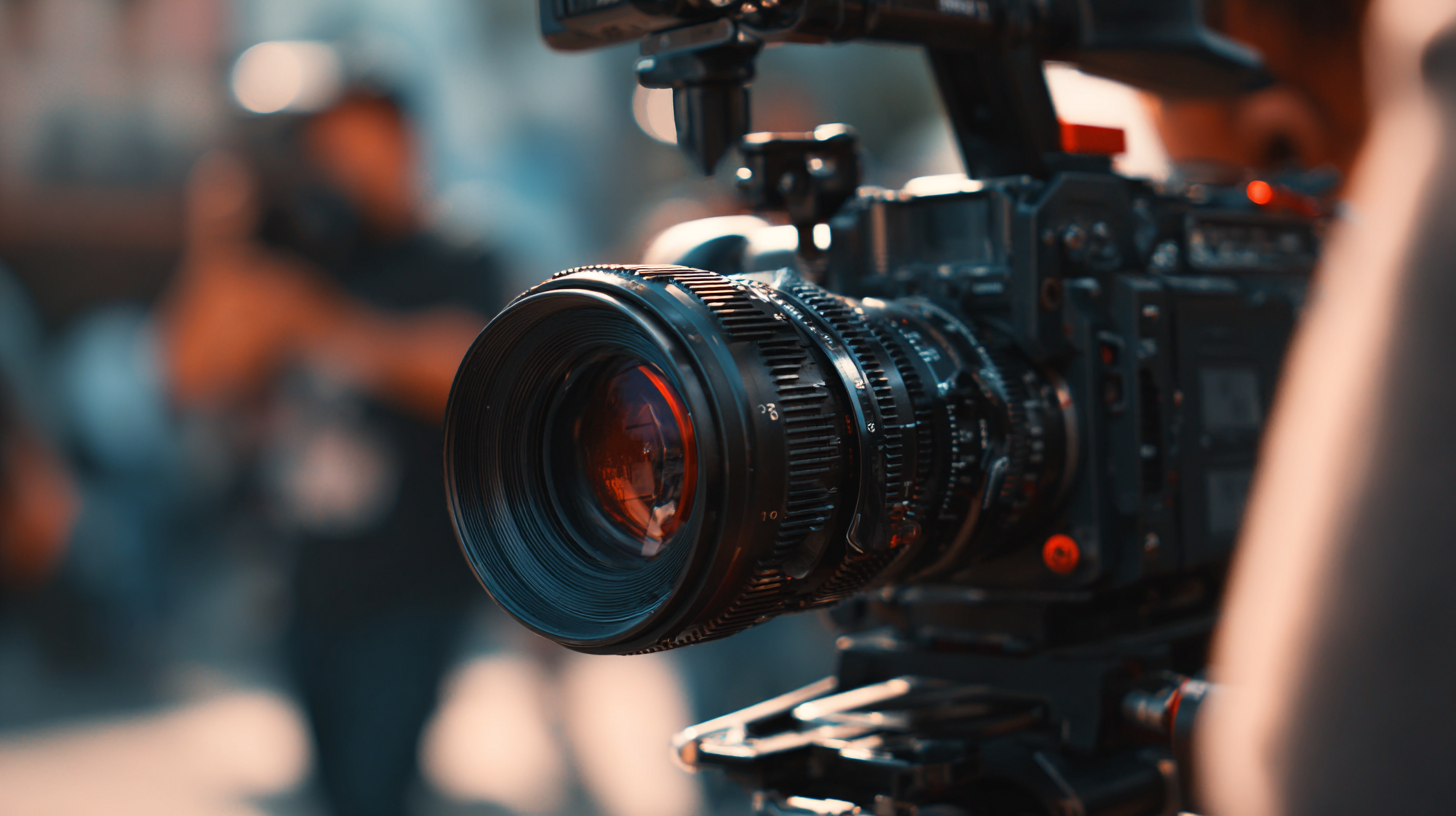
Additionally, understanding the focal lengths and aperture ranges that work best with your camera system can enhance your photographic experience. Different cameras handle various lenses differently, with some performing better with wide-angle or telephoto options. Check for any compatibility issues such as vignetting or distortion that may arise when pairing specific lenses with your camera model. By evaluating these factors, you can make informed decisions that align with your photography needs and elevate your creative potential.
When it comes to choosing the right HMC lens for your photography needs, budgeting plays a crucial role. High-quality lenses can significantly enhance your photography, but finding the best value without overspending is essential. Start by establishing a clear budget based on your requirements and how often you plan to use the lens. Research various brands and models that fit within this budget while ensuring they meet your quality standards.
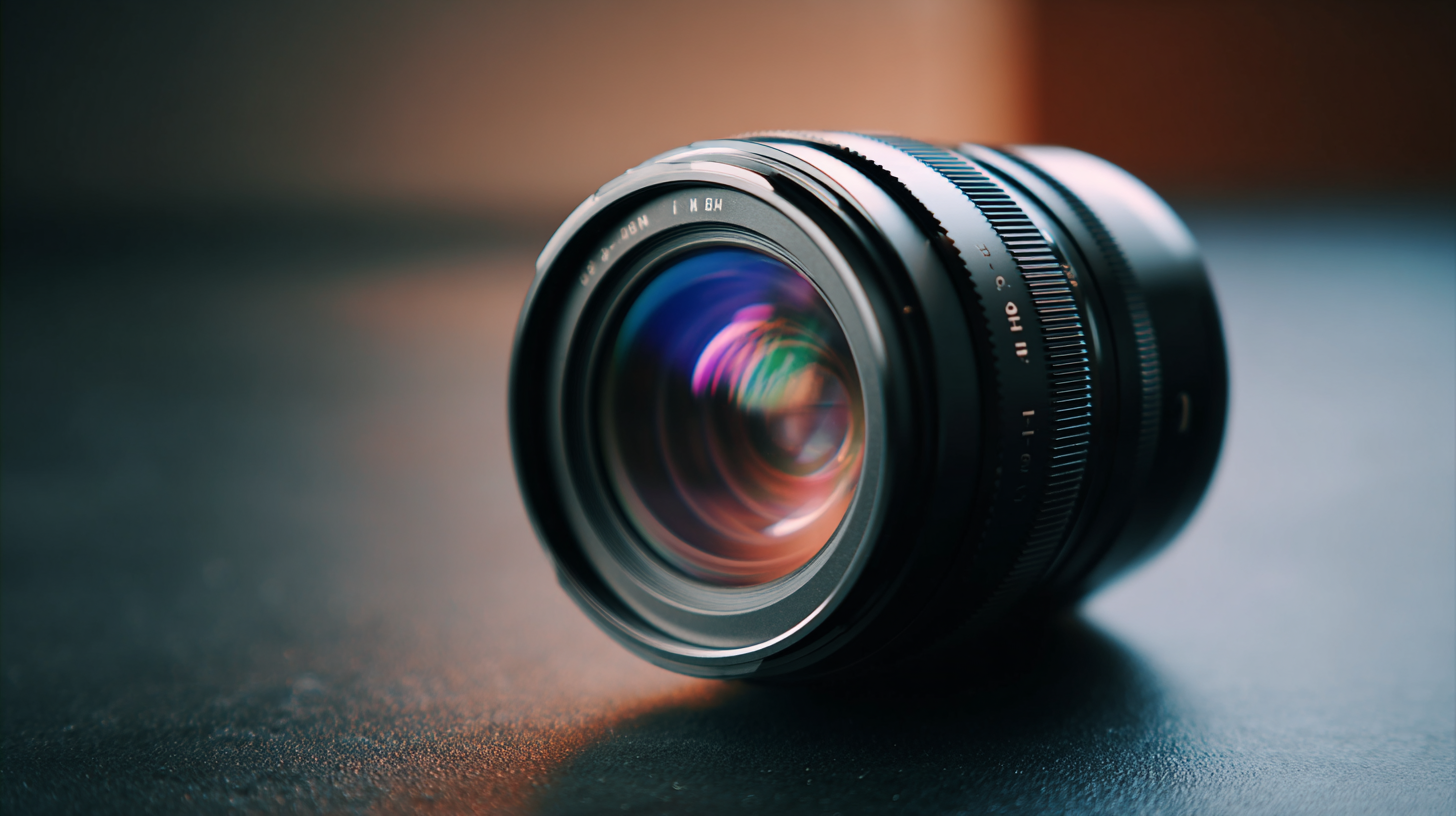
One effective tip is to prioritize functionality over brand loyalty. Often, lesser-known brands produce excellent HMC lenses at a fraction of the cost of major labels. Additionally, check for seasonal sales, discounts, or packaging deals that might offer you better pricing. Don’t forget to consider the secondary market; used or refurbished lenses can provide high-quality results at a more affordable price point.
Another tip is to read reviews and seek recommendations from fellow photographers. This can give you insights into the value and performance of specific lenses within your budget. Ultimately, taking the time to compare features, prices, and customer feedback will ensure you make an informed decision that balances quality and affordability, allowing you to capture stunning images without stretching your finances.
When considering the purchase of an HMC lens, thorough testing is crucial to ensure it meets your photography needs. Begin by examining the lens's autofocus performance. A quick and accurate autofocus can significantly enhance your shooting experience, especially in fast-paced environments. Testing it on different subjects and lighting conditions can provide insights into its versatility and reliability.
Another essential aspect is to check for lens flare and ghosting under various lighting scenarios. Use bright light sources in your pruebas to assess how well the lens can handle challenging conditions. Additionally, it’s wise to analyze the lens's sharpness across different apertures, ensuring that it performs well throughout the f-stop range.
Incorporating protection filters is also a vital practice when using HMC lenses. While these filters may not have substantial optical effects, they serve as a safeguard for your investment. It's much more economical to replace a cracked filter than to deal with the expense of a damaged lens. Therefore, always consider testing the lens with a filter attached to ensure that the image quality remains high while providing an extra layer of protection.
| Tip | Details | Test Method |
|---|---|---|
| Determine Your Photography Style | Consider whether you favor portraits, landscapes, or street photography. | Assess lens versatility with test shots across various genres. |
| Check Focal Length | Choose a focal length that fits your shooting distance and composition needs. | Compare multiple focal lengths using a test chart at different distances. |
| Consider Aperture Size | Wide apertures allow for better low-light performance and depth of field control. | Take test shots in low light to evaluate lens performance. |
| Evaluate Build Quality | Durability matters for outdoor photography and for frequent travel. | Inspect build materials and try handling the lens for comfort. |
| Read Customer Reviews | Learn from the experiences of others who have purchased the lens. | Cross-check reviews on different photography forums and websites. |


